Cable Row
The seated row is one of the most popular exercises in the gym. If done properly, you can target several muscles of your back including the latissimus dorsi, trapezius, teres major, rhomboids, posterior deltoid, and more. Keep reading to learn the science behind the seated row. Or, you can watch the instructional video by clicking the image below.
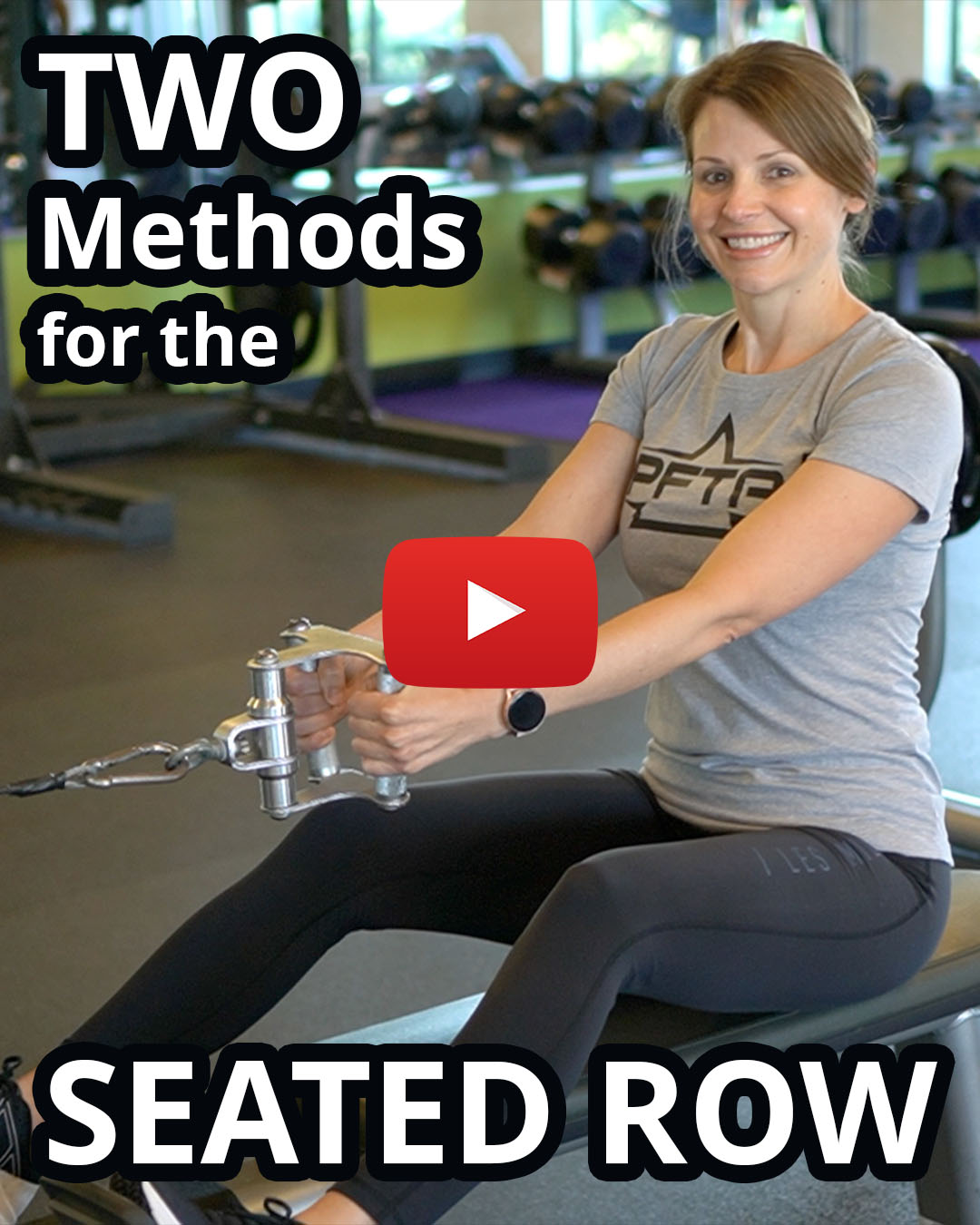
Muscle Action
Before we talk about all the exercises, let's dig into the muscles. When people think rows, people think big, lat muscles, and rightfully so. The latissimus dorsi is largely responsible for shoulder extension, so it clearly gets worked during the seated row. And when you perform a seated low row (pictured above), the teres major is a big assistor to the latissimus dorsi. But those are NOT the only muscles that get worked during the rowing exercise(s). Keep reading to learn more about the seated row.
And if you want to learn more about exercise science and sports nutrition, click the image below to review our classes.
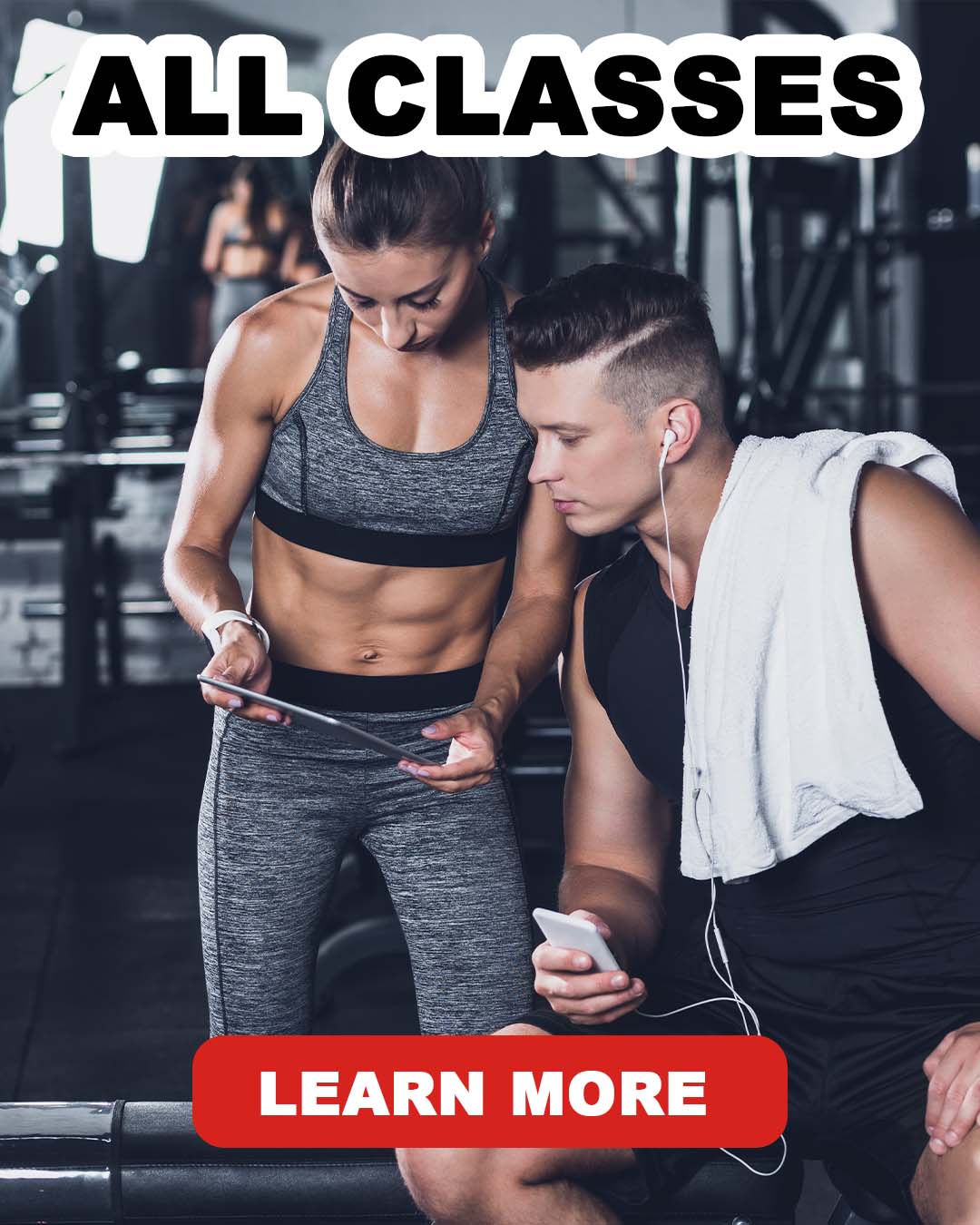
Trapezius
The traps are also emphasized when performing rows. The traps can be divided into three parts: the upper traps, the middle traps, and the lower traps. When you perform high rows (elbows up), you move your arms back, but, you also squeeze your shoulder blades together, which will activate your middle traps. When you perform low rows (elbows down), the traps aren't as involved. Therefore, if you want to target the mid-traps, make sure you include high rows in your next back workout.
We've written an article that explains more about your trapezius muscle. Or, you can click the image below to watch the exercise demonstrations for your upper, middle, and lower traps.
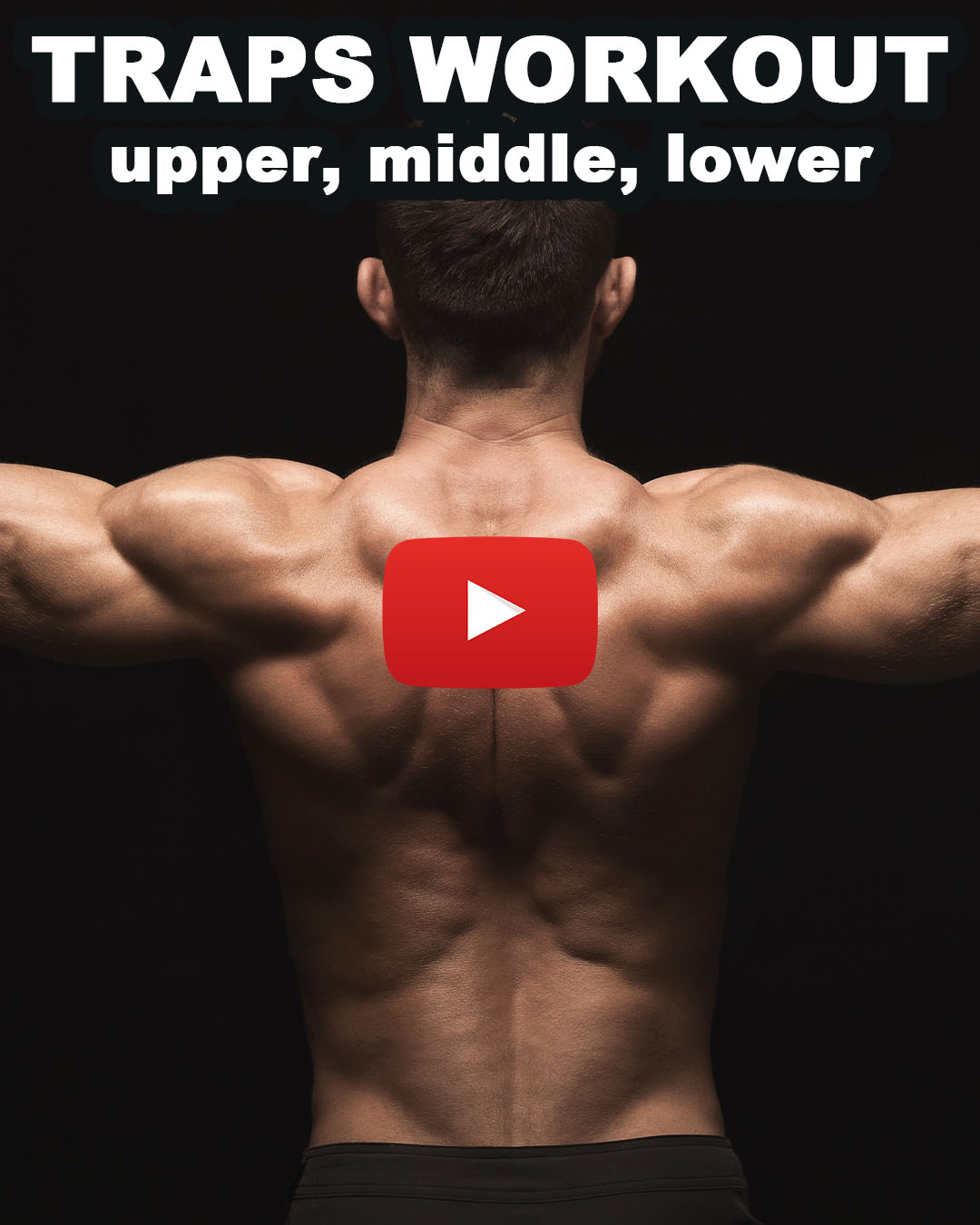
Deltoids
There are three deltoids muscles: the anterior deltoid, the middle deltoid, and the posterior deltoid. Usually, one or more of the deltoids are worked with every upper body exercise. In the case of rows, it's the posterior deltoid assisting the larger lats and traps.
But, it is important to work all three heads of the deltoid for strength and muscular balance. Lucky for you, we've written an article and made an instructional video to make sure you have exercise for all three heads of your deltoid. Click the image below to watch the video.
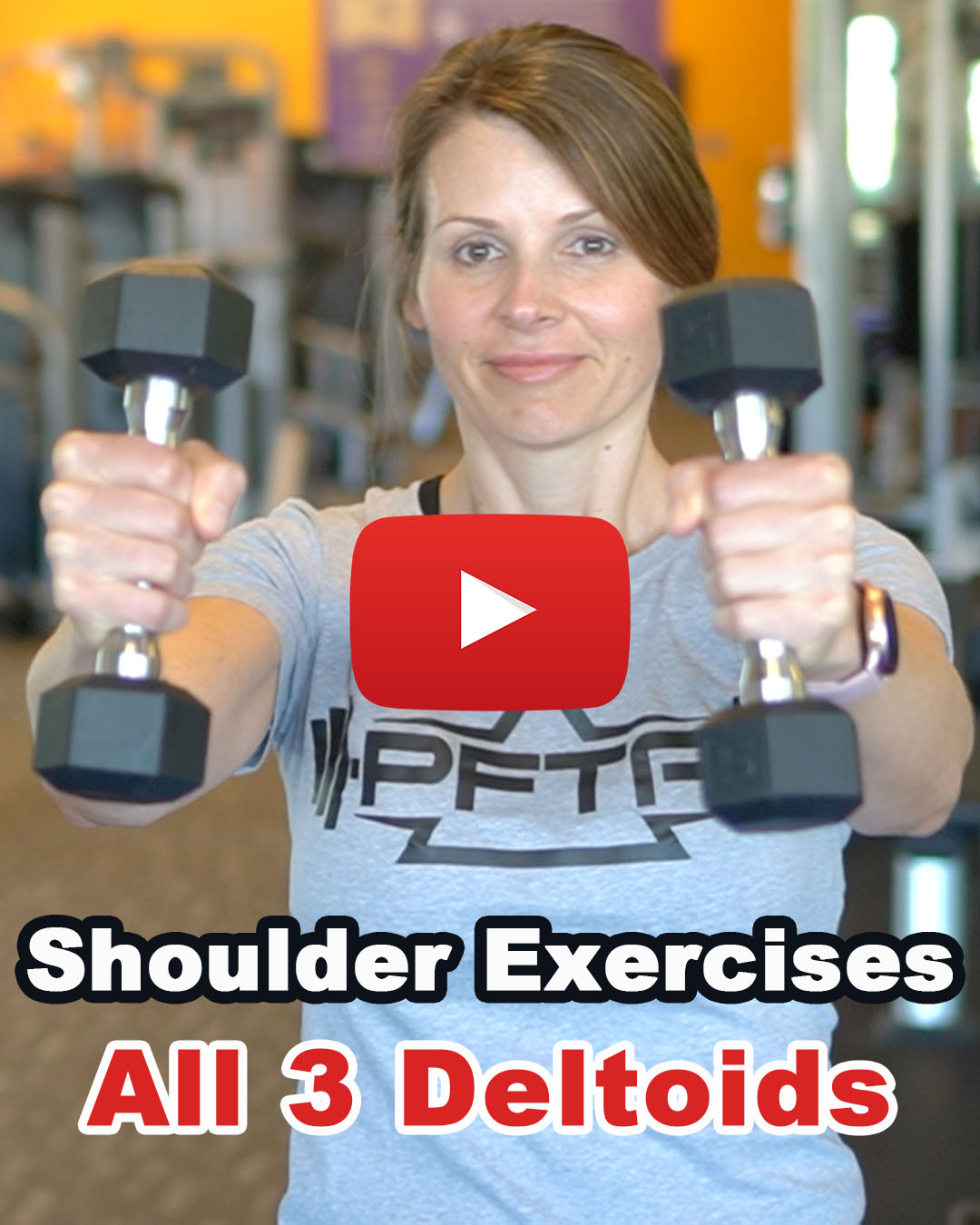
Rounded Shoulders
Shoulder exercises are great, but rounded shoulders are NOT good. Rounded shoulders is also known as upper cross syndrome. Rounded shoulders may occur if your chest muscles get tight, and/or your back muscles get weak. But fear not, we've created a video to help you prevent, or eliminate rounded shoulders. Click the image below to watch a video correcting rounded shoulders in three easy steps.
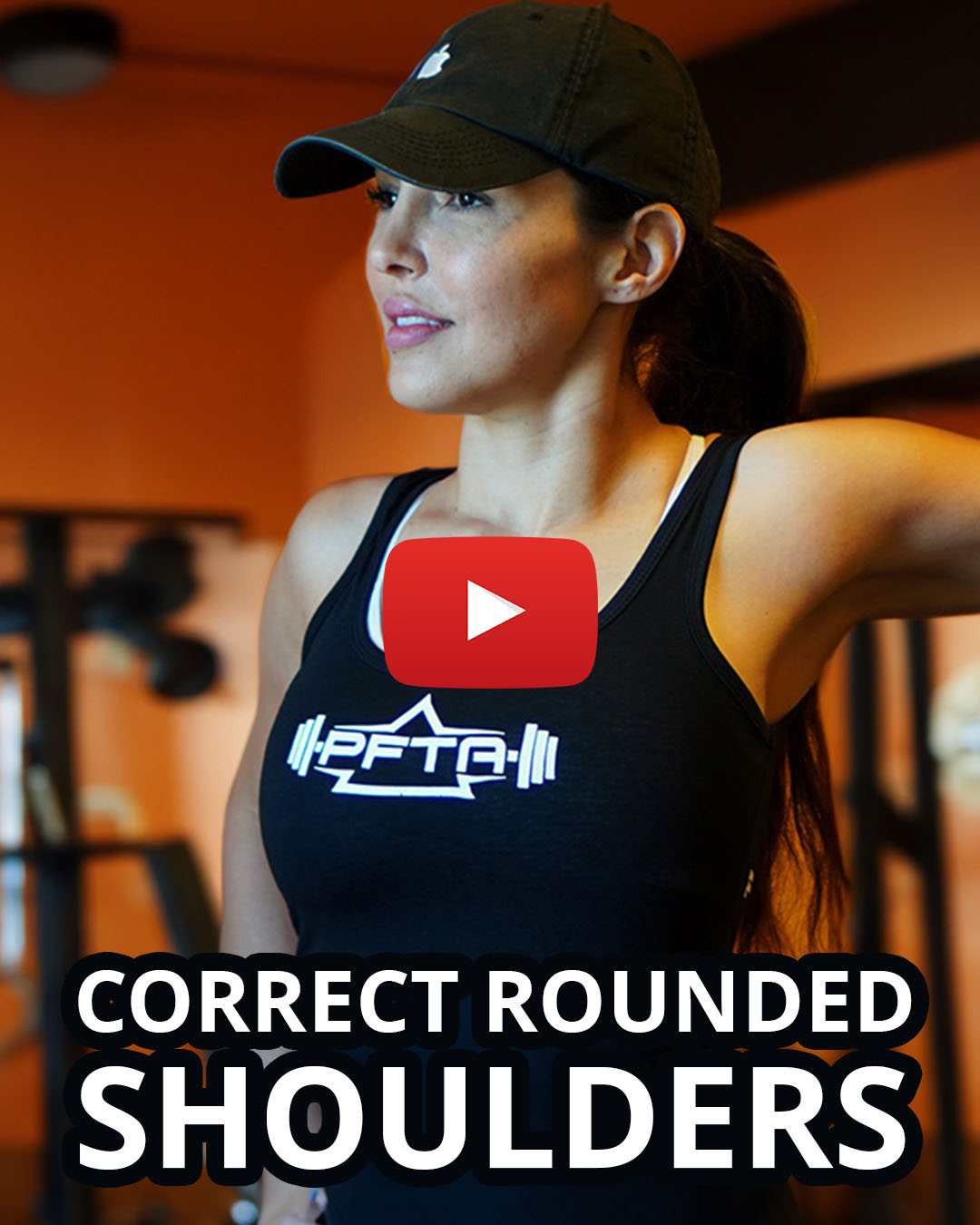
Personal Training
And, if you need help choosing the right exercise and/or nutrition plan, contact a PFTA certified trainer like the one below. Click the image below to find out more about personal training.
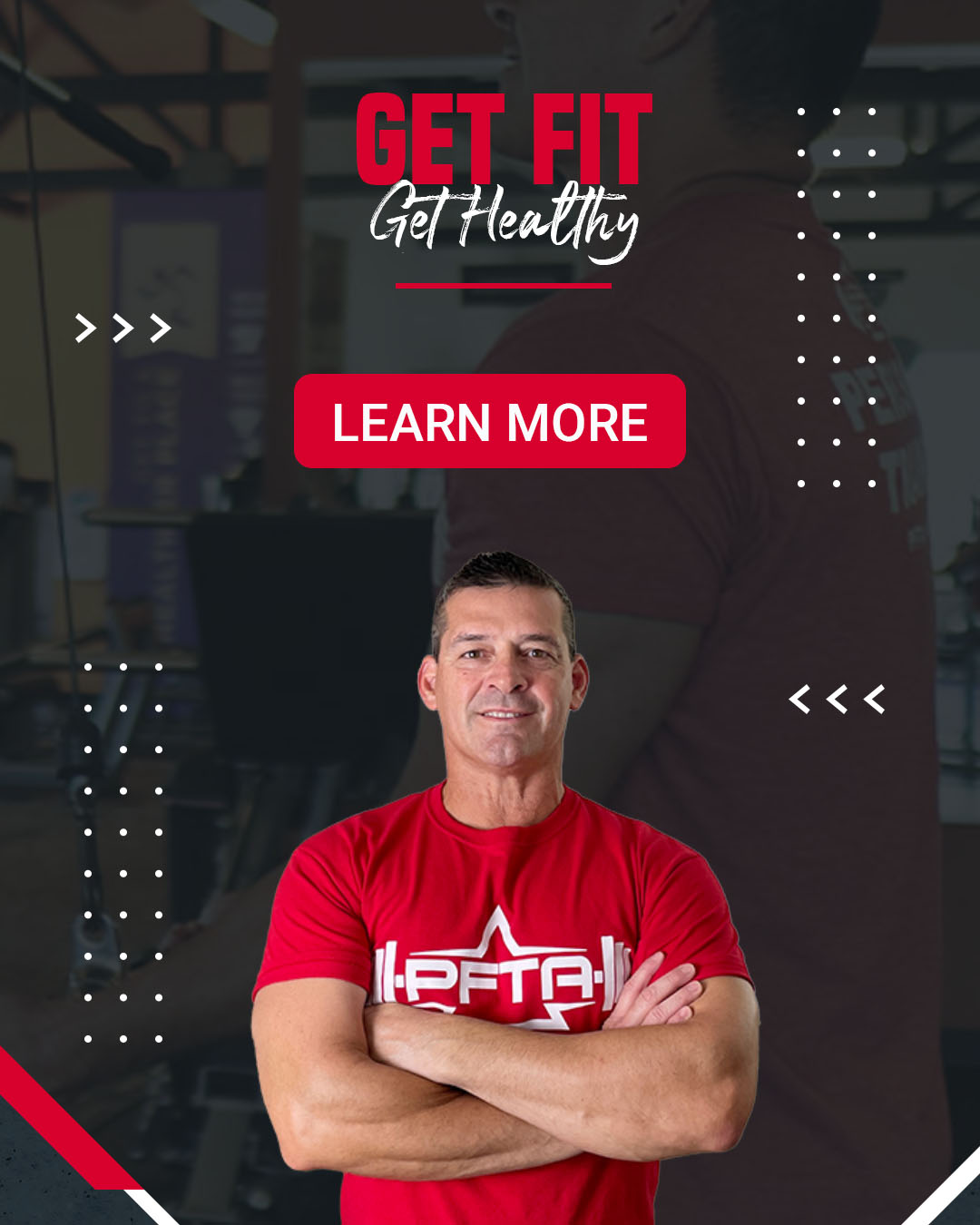
High Row vs Low Row
If you're trying to emphasize more lats, then the low row would be more beneficial. If you want to recruit more mid traps and rhomboids, then the high row is your exercise of choice. I believe it's a great idea to include both exercises in your workout routine. You perform them on the same day, or you can alternate them every other workout. But performing both exercises at some point will ensure you are recruiting as many back muscles as possible.
But no matter which exercise you choose today, the elbow flexion in both rowing exercises will recruit some bicep too. You can read more about your biceps in the biceps article we've written. We've included several bicep exercises including the one which has the greatest range of motion and therefore, may be your best option. You can also watch the exercise demonstrations by clicking the image below.

Hands Grips
So now you know rows are a great exercise. If you have a seated row machine in your gym, then you can perform high rows and low rows by changing the bars and/or grip on the equipment. For a low row, I would recommend a neutral grip. Your elbows should be near your torso and should extend back as far as possible.
For a high row, the best grip would be the overhand grip. Elbows should be away from your torso but still extending as far back as possible. For better visuals, watch the seated row video above. And if the seated row machine is taken, don't forget you can still use the TRX band (pictured below). We've written an article on the benefits of suspension training. You can click on the image below to learn more.

Correct Form
Of course, as with most exercises, your setup should include a neutral spine. In other words, keep your chest out and your torso fairly straight. Your upper back or lower back should not be rounded.
Another goal should be to keep a motionless torso. You don’t have to be perfectly still, but you should have very little hip flexion or hip extension. In other words, you should not be rocking back and forth very much. Any type of torso movement may create more momentum and less resistance on the targeted muscles. In fact, too much hip extension will change the emphasis to your low back and glutes.
Speaking of hip extension, we've created a video on some of the best calorie burning exercises you can do at the gym. Whether you have a dedicated leg day, or you like full body workouts, the exercises below are a must addition to your workout routine.
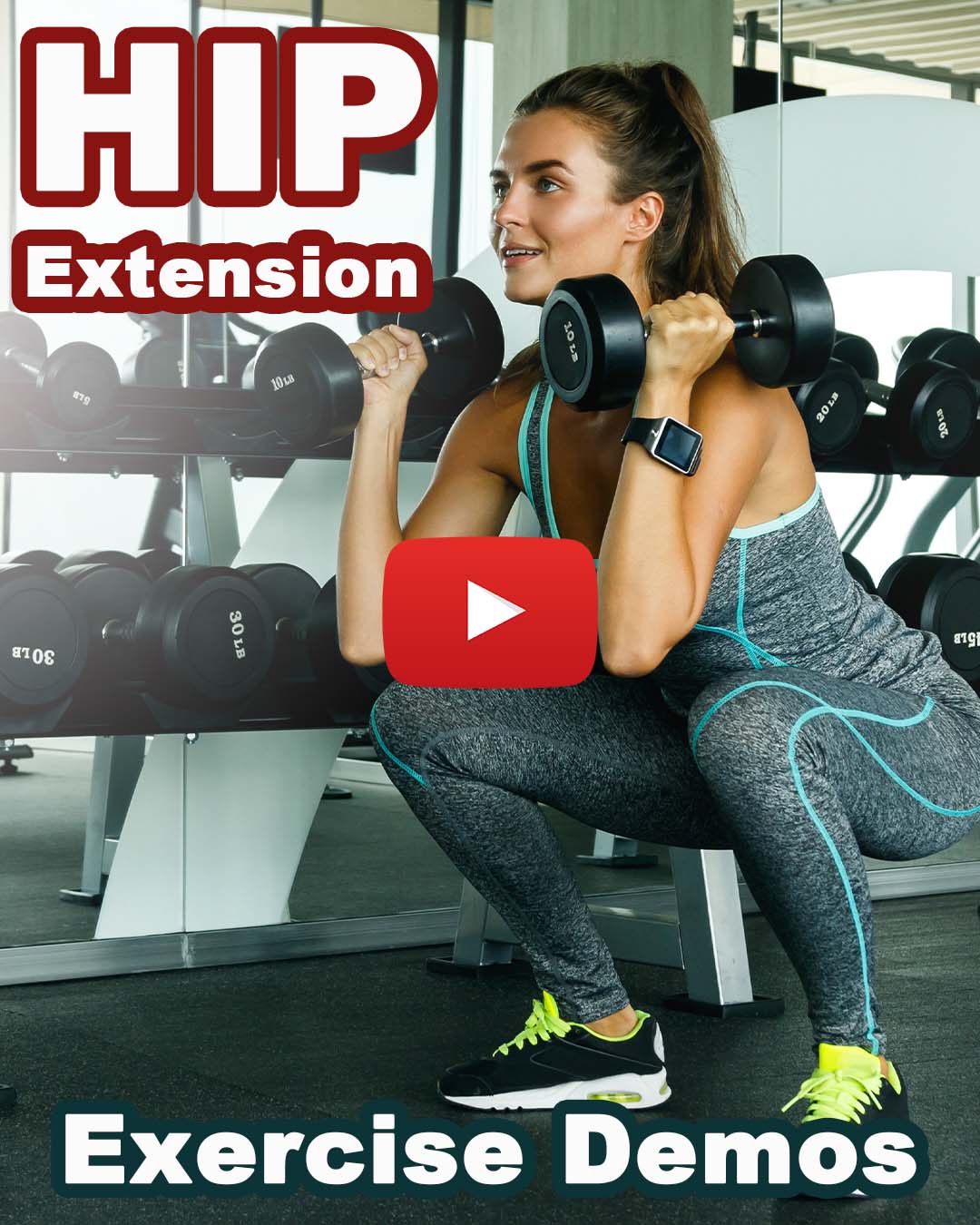
Dumbbells
If you don't have machines or TRX bands, you can still work out your back muscles using dumbbells. One of the more popular alternatives is dumbbell rows. Again, set up is very important so you don't strain your low back. Bend at the hips but keep a neutral spine. Pull the weight up, leading with your elbows. You can do this exercise with one arm or two arms.
For high rows, you'll want to reach for lighter dumbbells. Bend at the hips with a neutral spine. Pull the elbows up, but this time your upper arms will be away from your torso. It takes practice, but after some time, you'll become a master at exercising your back.
Knowledge is Power
And if you want more tips on exercise and nutrition, add your email below. You'll receive weekly tips directly to your inbox. Plus, you'll also receive the occasional coupon code for our classes.
Summary
The seated row is an awesome exercise. You should definitely try to include both versions every week and especially on BACK days. Together, both the high row and the low row, will create a strong, healthy back. Working your lats, traps, rhomboids, teres major, posterior deltoids along with other muscles will create a good posture too. Just don't forget the stretch all your muscles as well. Speaking of lats, if you need help with pulldown exercises, click the video below. Happy health and happy training!

Written By
RAescobar, PFTA instructor and personal trainer